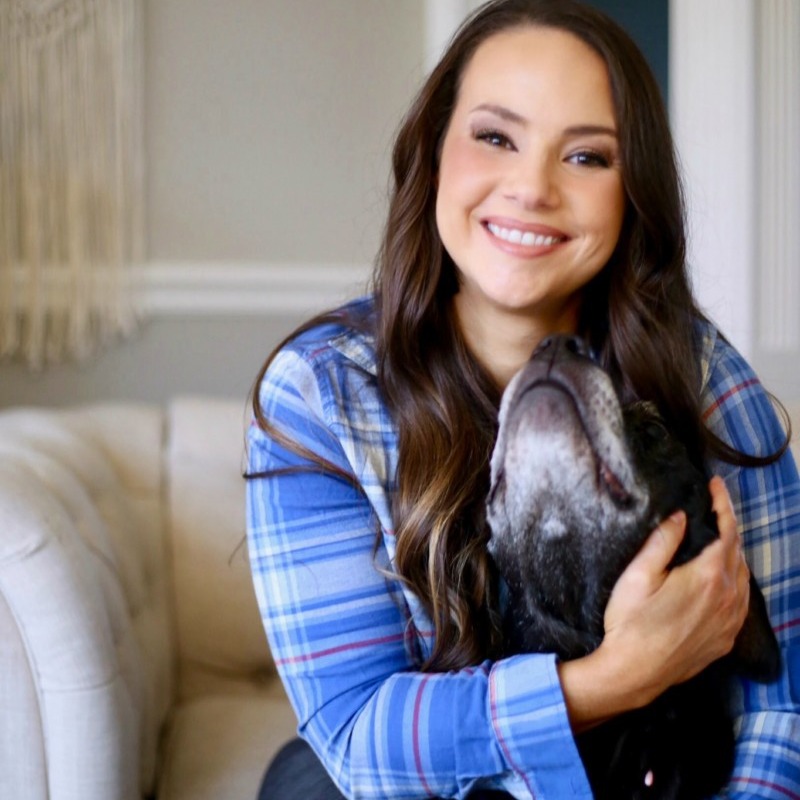Week 1
The Basics of Essential Oils
- Understanding Essential Oils = Understanding Chemistry
- Essential Oils Might be from Plants… but They’re Mainly Chemicals
- What is Aromatherapy Then?
Understanding Essential Oils = Understanding Chemistry
While the focus on this workshop is safety, I feel I have to mention that chemistry plays a major role in understanding essential oils, their function, therapeutic use, and safety. However, the chemistry of essential oils is an entire workshop or course in itself. There is a good free mini crash course on essential oil chemistry here that I urge you to read and review as part of ‘homework’.
Homework: Essential Oil Chemistry Crash Course
An essential oil’s chemistry is what establishes its properties and ultimately, its therapeutic response for the human or dog. When you understand the chemistry of the oils, you are better able to equip yourself and your dog with the oil that can actually work best instead of guessing. Like it’s mentioned in the crash course linked above, I do not feel that the chemistry takes away from the intuitive side of aromatherapy. Both are useful and appropriate and honestly, when you know the chemical side of essential oils, you have more awareness of the power in them.
Essential Oils Might be from Plants… but They’re Mainly Chemicals
Essential oils are hydrophobic (cannot mix with water) chemical compounds that are extracted from plants. While many people will view essential oils from the simple vantage point of being a beautiful smell from their favorite flower such as rose, lavender, or chamomile - this is just not quite accurate. We hear how powerful essential oils can be and they indeed can be when they are understood for what they are - chemical compounds extracted from plant parts.
Essential oils are made through mechanical pressing, steaming, and distillation in order to extract particular chemicals from the plant that can be used therapeutically. These extractions are very concentrated, for example, it takes 60 roses to distill one drop of rose otto essential oil. It takes several pounds of a plant to produce a single 5ml bottle of essential oil. The high concentration is how we get such a strong smell from a tiny bottle. Each essential oil has a unique chemical composition that affects smell, absorption, and therapeutic effect.
What is Aromatherapy Then?
Aromatherapy is the practice of using essential oils for a therapeutic purpose. This practice has been used for centuries and economically developed over time into creating synthetic fragrances, perfumes, candles, and more. Aromatherapy is so powerful because scent molecules travel from the olfactory system directly to the brain and therefore impact the amygdala which is the emotion center of the brain. Aromatherapy and its use with essential oils comes back to science, and well, chemistry.
The chart above outlines some of the main components of an oil which if you read the crash course linked above, this will make more sense. These different chemical compound families such as Ketones, Monoterpenols, Esters, etc. are what give essential oils their different therapeutic properties. For example, Monoterpenes are antiseptic, antibacterial, anti-inflammatory, and decongestant to name a few. Essential oils that fall under Monoterpenes are citrus oils, Bergamot, Juniper Berry, Black Pepper. One of their main chemical constituents is d-limonene, the major component in the oil of citrus fruit peels.
Do we immediately reach for a citrus essential oil when we want to stop a stuffy nose? No, not all the time but why? Because often we think of citrus for cleaning. Knowing more about its chemical properties gives us the power to further understand each individual oil and how it can be used beyond what we might see shared on Facebook or Pinterest (which is not where I recommend sourcing your essential oil information).
Now that you have a base of information on the chemistry and how powerful essential oils are because of their chemical properties, we will move on next week to talk about keywords to know for safe use and application.
Image Source: Tisserand Institute Proof of Safety https://tisserandinstitute.org/wp-content/uploads/2016/06/Proof-of-Safety-Robert-Tisserand.pdf

